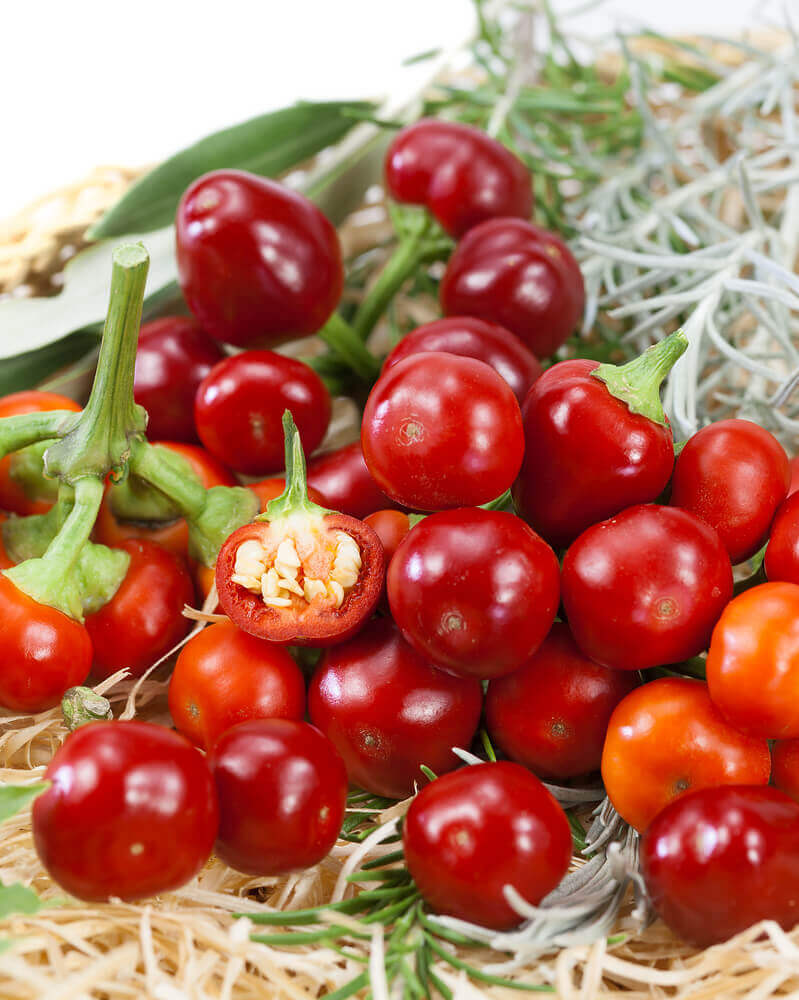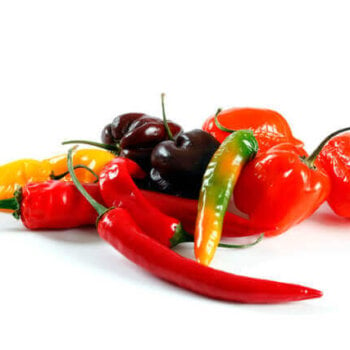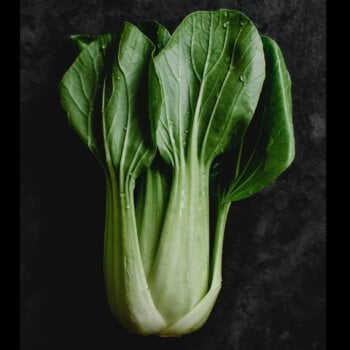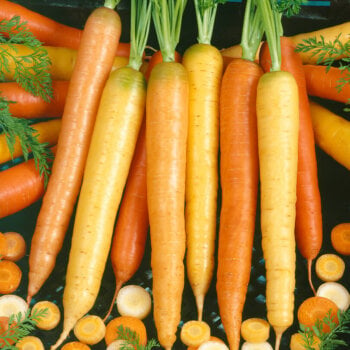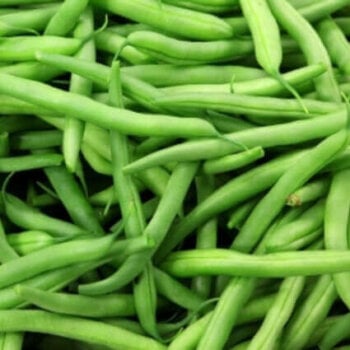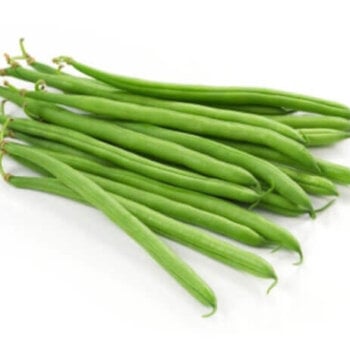Description
CROP FAILURE. NO SEED FOR 2025.
Red Cherry Pepper Seeds (Hot Type) 1938. Open Pollinated.
Approx. 25 seeds/pkt (160 seeds/gram)
A medium hot pepper with almost flat bottomed cherry shaped peppers 2.5 x 5 cm in size. The flavour is robust and hot but with a slightly sweet undertone. Mature fruit are green or red. Excellent when pickled on their own or when added to mixed pickles to introduce a spicy kick. Grows 50-70 cm in height. Scoville Heat Unit Rating – 15,000.
Scoville Heat Units – The Scoville heat unit (SHU) rating is your guide to the perceived hotness of peppers caused by the active component capsaisin. The scale runs from about 2500 SHU for the mildest Anaheim to several million SHU. Our hottest is the Carribean Red Hot at 400,000 SHU.
This product is part of the Hot Pepper Collection.
How to Grow
Start indoors mid February to late March. Use a soil-less growing mix. Sow seed 6 mm deep. Maintaining the growing medium at a temperature of 21° C will enhance germination. Grow the seedlings under bright light and temperatures of 16-21° C to produce strong, stocky plants. Transplant after hardening off, in late May to early June. Full sun and a well-drained soil is best. Space the plants 30 cm apart in rows spaced 60 cm apart. Control weeds and avoid high nitrogen fertilizers. Try harvesting the peppers at different maturities to experience a wider range of flavours and textures. Staking is recommended with most varieties. Note: Estimated days to maturity are based on counting the days after transplanting. Germination occurs in 10-20 days.

